Large Amount of 5/1/1 Mix - Looking for Advice for First Time Mak
Cliff Pruitt
9 years ago
Featured Answer
Sort by:Oldest
Comments (34)
hookilau
9 years agoCliff Pruitt
9 years agoRelated Discussions
How does this 5-1-1 mix look?
Comments (2)Nah. Looks good. The reason you want bark pieces is that they're big. "A little too big" is no issue at all. In fact, much of my mix is "too big". The long skinny pieces are wood (vs. bark) and should be picked out, but you're probably okay there too. Lime would have been nice but it's no big deal. When you get some you can mix with water and drench the pot. The fertilizer you can't really tell without looking at the mixing instructions. 5 Tbsp of 3:1:2 and 5 Tbsp of 33:11:22 are very different animals (the latter 11 times stronger than the former) so would be mixed, i.e applied, in different quantities. Personally I use a slow release fert like Osmocote in my mix and 5 Tbsp would be about right for that pot. FYI, you can get 1/2" "hardware cloth" or "wire cloth" at HD. Make a square of wood, stretch the "cloth" over it and staple. Instant screen. Very useful in the garden. You have a very healthy and soon to be very happy plant there. May the same soon be said about a certain baby! God bless, Dennis...See MoreFirst time 5-1-1 - concerned
Comments (10)I haven't really felt like the temps have been too bad, really. It's been unseasonably warm most of the Spring. I took a couple of pics...visuals are never a bad thing, right? :-) Here's an example of jagged edges: I have a few that are that way. But, not all are. Here are a couple of the yellow / light green ones. This one was overwintered and transplanted into 5-1-1 in about a 7 gal container 3-4 weeks ago. It is noticeably lighter green than the others. Some others have a bit of yellowing on the lower leaves. Not too terribly worried about those, though. Here is a comparison I am doing. The same type of pepper (suave orange) that were started in commercial mix in 3" pots and transplanted about 3 weeks or so ago, one into the 5-1-1 and one in the commercial mix+perlite that I had been using. The other one has taken off like crazy, but the one in 5-1-1 is much smaller and is lighter green / pale. They are in 1 gal pots currently. Anyway, Maybe I am over-reacting but I am just not feeling comfortable and since I am new to this, thought I'd check in to see if there's anything I am missing / doing wrong....See MoreDo these Gritty and 5-1-1 mix components look OK ?
Comments (21)For sure, it's a bit of a transition and it takes some time to get used to the differences in watering and feeding and the like, but in the end, it's well worth the extra effort! Also... be sure to soak that bark overnight before using it in your medium... so it doesn't go hydrophobic on you! You want it ready and able to absorb some moisture when you do water the newly potted plant. When I mix my batches of medium, I add some water to moisten, mix it well, cover my container, and leave it set a day or two to absorb before using it. That way, it's already evenly moistened and I know that unless I forget to water for a really long time, I won't have any problems with it, or with the newly potted plant getting used to its new environment. Happy Gardening!...See MoreIs Al's gritty mix or 5-1-1 mix really any better than other mixes?
Comments (32)@Nil13 made reference to the Whitcomb 311 mix, which is an earlier historical attempt to create a more coarse potting soil for container plants. I think it is extremely helpful to read a document written by Carl Whitcomb that explains how he came on this formula by accident. Essentially what happened is he accidentally left nine test pots under a bench and everyone forgot they were there. They had successfully nearly killed all of their test plants by watering in a normal potting soil mix and the unwatered plants started to do very well. What I have started to realize is that any plant can do well in many different soil mixes, if you are able to carefully control the watering. This explains why so many people on this forum claim gritty mix is not as good for their succulents as their (fill in some random horrible soil with lots of small particles) mix. Inevitably those people are growing their plants indoors. They have enormous experience with their plant type and they know exactly when to water the plant. So that is the case of a very skilled gardener compensating for a very bad soil. What gritty mix does for me is let me grow succulents outside in very abusive weather conditions, without the plant dying. A plant can get a week of rain and it will still drain well. During Summer, gritty mix will tolerate a bit of overwatering, although you still really need to pay attention to not overwatering. Whether you make your 511 mix with perlite/peat, or with two parts Turface, or with lava and pumice, is probably in the big picture not going to be the deciding factor in whether your plants grow well or not. Success can be add with any of those mixes because the size of the particles allows the roots to breathe and prevents capillary action of water from bring the perched water table to the top of the pot and drowning the roots. Fine-tuning how you make 511 is a question of matching the plant type to the moisture retention of the soil and to the watering habit and climate exposure. Any 511 variant is going to do better than almost any commercial potting soil because of the larger particles used in the majority of the mix....See MoreCliff Pruitt
9 years agotapla (mid-Michigan, USDA z5b-6a)
9 years agoCliff Pruitt
9 years agoCliff Pruitt
9 years agogreenman28 NorCal 7b/8a
9 years agoCliff Pruitt
9 years agoseysonn
9 years agoCliff Pruitt
9 years agotapla (mid-Michigan, USDA z5b-6a)
9 years agoCliff Pruitt
9 years agothunderbear48
9 years agotapla (mid-Michigan, USDA z5b-6a)
9 years agoOhiofem 6a/5b Southwest Ohio
9 years agothunderbear48
9 years agoOhiofem 6a/5b Southwest Ohio
9 years agoLoveplants2 8b Virginia Beach, Virginia
9 years agoCliff Pruitt
9 years agoOhiofem 6a/5b Southwest Ohio
9 years agotapla (mid-Michigan, USDA z5b-6a)
9 years agoCliff Pruitt
9 years agothunderbear48
9 years agoseysonn
9 years agoCliff Pruitt
9 years agoOhiofem 6a/5b Southwest Ohio
9 years agoCliff Pruitt
9 years agoOhiofem 6a/5b Southwest Ohio
9 years agoCliff Pruitt
9 years agoseysonn
9 years agoOhiofem 6a/5b Southwest Ohio
9 years agoCliff Pruitt
9 years agothunderbear48
9 years ago
Related Stories

HEALTHY HOMEHow to Childproof Your Home: Expert Advice
Safety strategies, Part 1: Get the lowdown from the pros on which areas of the home need locks, lids, gates and more
Full Story
BATHROOM DESIGNDreaming of a Spa Tub at Home? Read This Pro Advice First
Before you float away on visions of jets and bubbles and the steamiest water around, consider these very real spa tub issues
Full Story
GARDENING GUIDES10 Easy Edibles for First-Time Gardeners
Focus on these beginner-friendly vegetables, herbs, beans and salad greens to start a home farm with little fuss
Full Story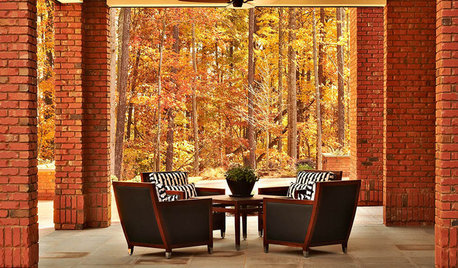
ARCHITECTUREGet a Perfectly Built Home the First Time Around
Yes, you can have a new build you’ll love right off the bat. Consider learning about yourself a bonus
Full Story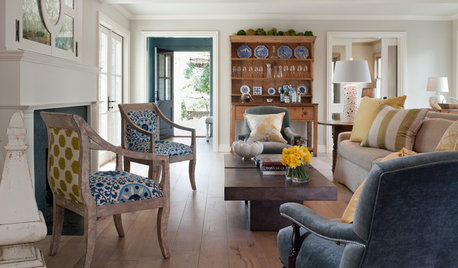
DECORATING GUIDES1 Chair + 2 Fabric Patterns = 1 Fabulous Look
Pair two contrasting fabrics on an upholstered chair to bring edge and an element of the unexpected to your interior decorating
Full Story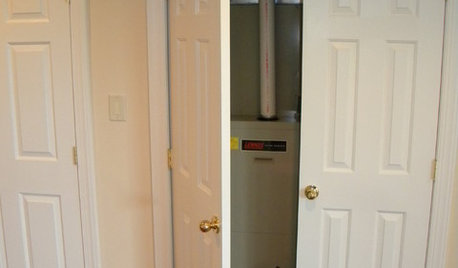
MOST POPULARA First-Time Buyer’s Guide to Home Maintenance
Take care of these tasks to avoid major home hassles, inefficiencies or unsightliness down the road
Full Story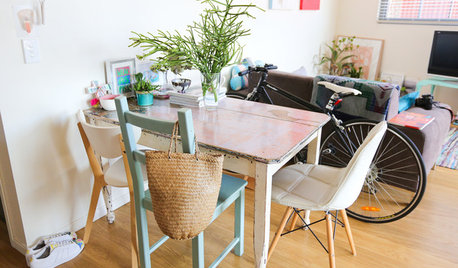
LIFEWorld of Design: Discoveries of 10 First-Time Homeowners
See how people around the globe have shaped their starter houses and made them their own
Full Story
LIFEGet the Family to Pitch In: A Mom’s Advice on Chores
Foster teamwork and a sense of ownership about housekeeping to lighten your load and even boost togetherness
Full Story
DECORATING GUIDESDecorating Advice to Steal From Your Suit
Create a look of confidence that’s tailor made to fit your style by following these 7 key tips
Full Story
KITCHEN DESIGNSmart Investments in Kitchen Cabinetry — a Realtor's Advice
Get expert info on what cabinet features are worth the money, for both you and potential buyers of your home
Full Story


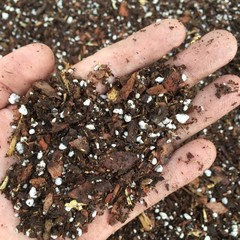


greenman28 NorCal 7b/8a